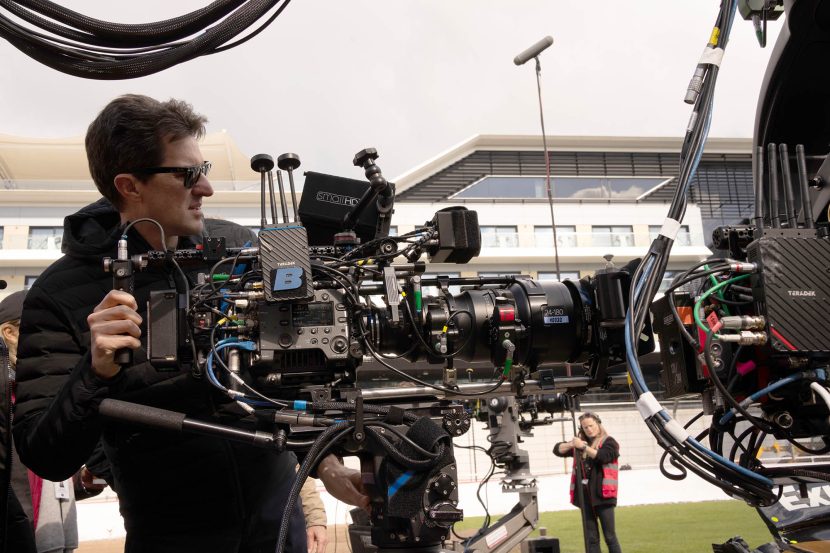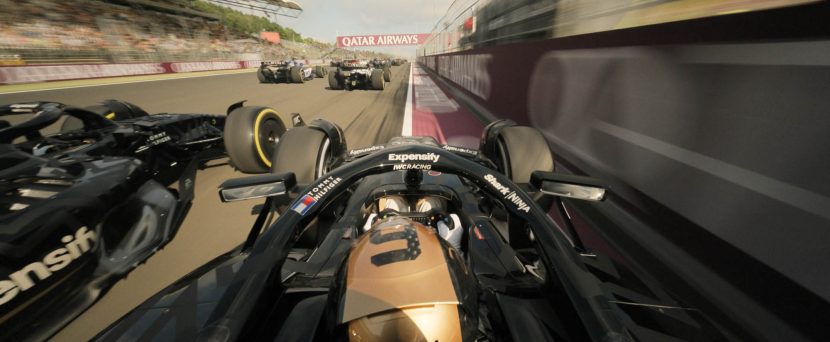When a film drops into the slipstream of real-world F1 racing, with Brad Pitt behind the wheel and Lewis Hamilton in the producer’s seat, you know it’s going to be a summer blockbuster. F1: The Movie, directed by Top Gun: Maverick’s Joseph Kosinski, isn’t just a narrative ride through the world of high-speed F1; it’s a technical exercise in immersive, invisible VFX and filmmaking.
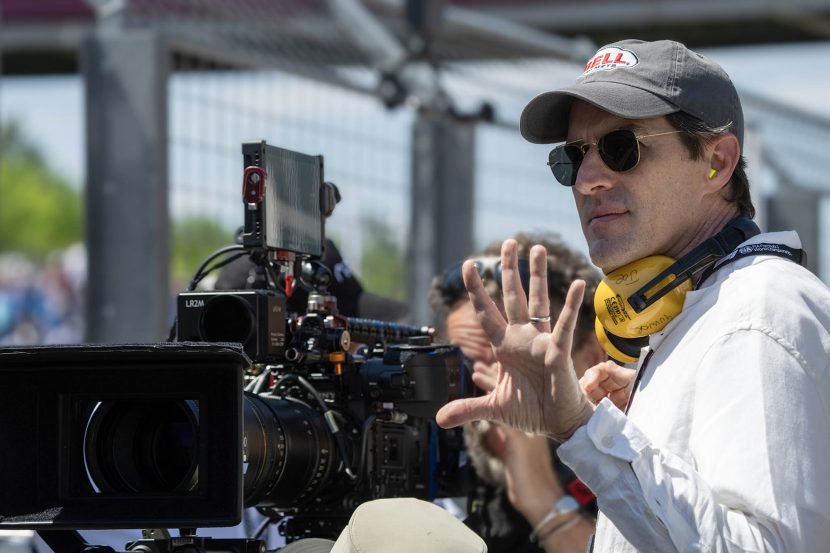
In this week’s VFSshow our pit crew discusses the new Apple Studios film, with its impressive VFX and the film’s camera tech.
In the film, Pitt stars as Sonny Hayes, a fictional F1 legend whose career hit the wall, literally, in the 1990s. Now, decades later, he’s convinced to return to the grid, pairing with young driver Joshua Pearce (played by Damson Idris) at the underdog APX-GP team. What unfolds is both a redemption story and a ground-level exploration of what it means to race at 300 km/h, shot from inside the car.
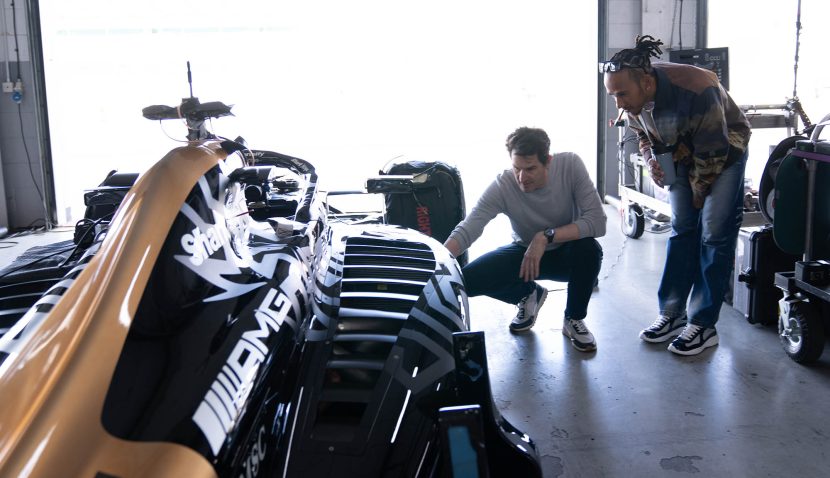
Kosinski’s vision was clear: to do for F1, what Top Gun did for Navy aviators. To do that, the production embedded itself in the actual 2023–24 F1 calendar. Over 137 shooting days, including ten live race weekends, they captured more than 5,000 hours of footage.
The production turned to Framestore in the UK for the heavy lifting on VFX. While you might not see the visual effects in the traditional sense, they’re everywhere. This isn’t a green-screen car-in-a-studio movie. This is modified F2 and actual F1 cars re-skinned, and digitally transformed to represent APX-GP machines. For example, in some key driving sequences the real Williams F1 car, was digitally ‘repainted’ in post via complex digital bodywork and livery replacements. Framestore’s invisible effects work allows Pitt and Idris to drive alongside real-world teams without ever breaking cinematic continuity.
While the main unit used Sony’s VENICE 2, known for its full-frame sensor, dual base ISO, and wide dynamic range, that camera body was never going to fit inside the tiny, vibration-prone cockpit of an F1 car. The production instead used a prototype camera system from Sony, developed with key input from Oscar-winning Cinematographer Claudio Miranda and 1st AC Dan Ming.
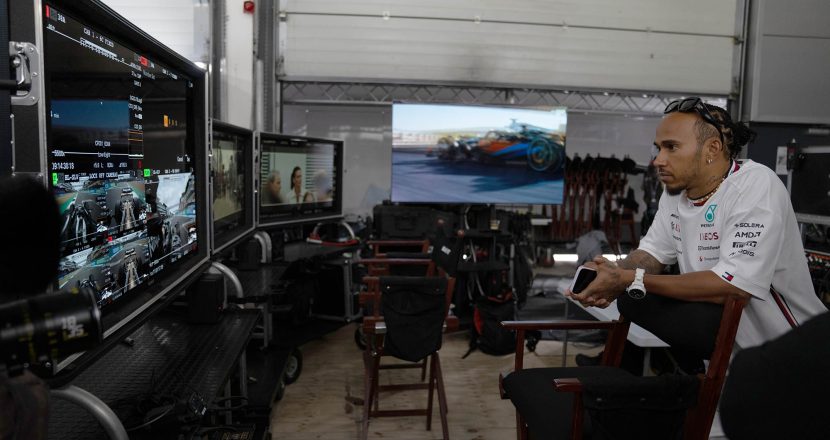
In partnership with Sony’s Nobutatsu Takahashi and the Cinema Line Division, the team split the sensor from the recording body, developing a modular camera based on the FX6’s full-frame Exmor R CMOS sensor. This prototype not only fitted in and on the car, but it delivered cinematic depth of field and fast, dynamic focus using Preston motors..
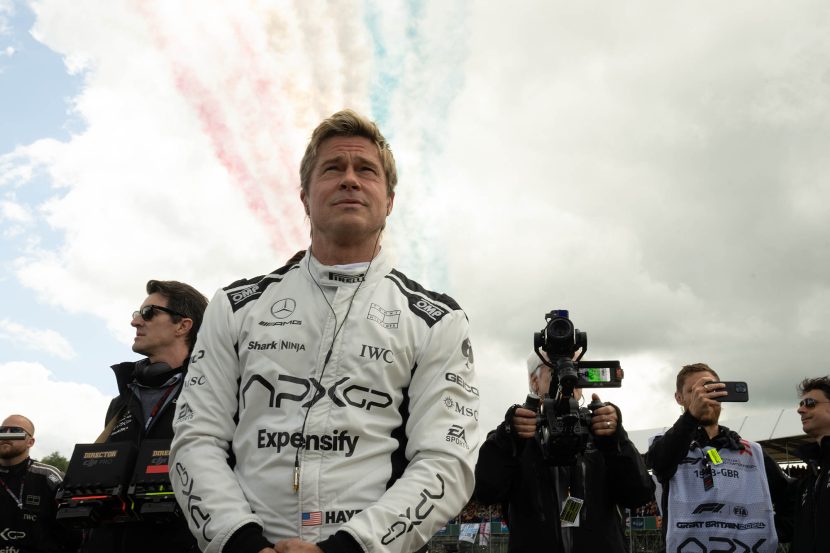
These camera pods didn’t just withstand the forces of real racing, they offered unprecedented angles, including pan-back capabilities and rack focusing during active track scenes. The result? A fusion of on-track authenticity, digital artistry, and cinematic action. With producers Brad Pitt, Kosinski, Jerry Bruckheimer and F1 champion Lewis Hamilton, F1: The Movie is a blend of invisible VFX, adaptive camera design, and narrative ambition.
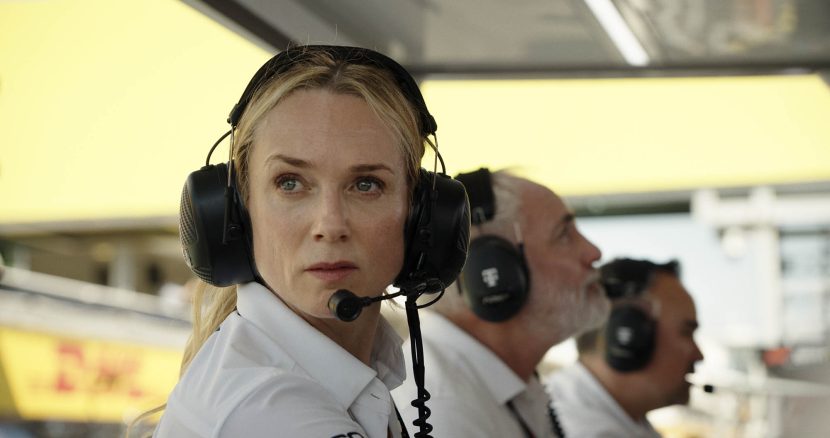
This week in pit lane lineup is (or are they really??)
Matt Box-Box-Box Wallin * @mattwallin www.mattwallin.com
Follow Matt on Mastodon: @[email protected]
Jason DSR Diamond @jasondiamond www.thediamondbros.com
Carbon Fibre Mike Seymour @mikeseymour www.fxguide.com. + @mikeseymour
Special thanks to Matt Wallin for the editing & production of the show with help from Jim Shen.
For more, check out our full discussion on The VFX Show podcast, available here on fxguide and wherever you get your podcasts.

